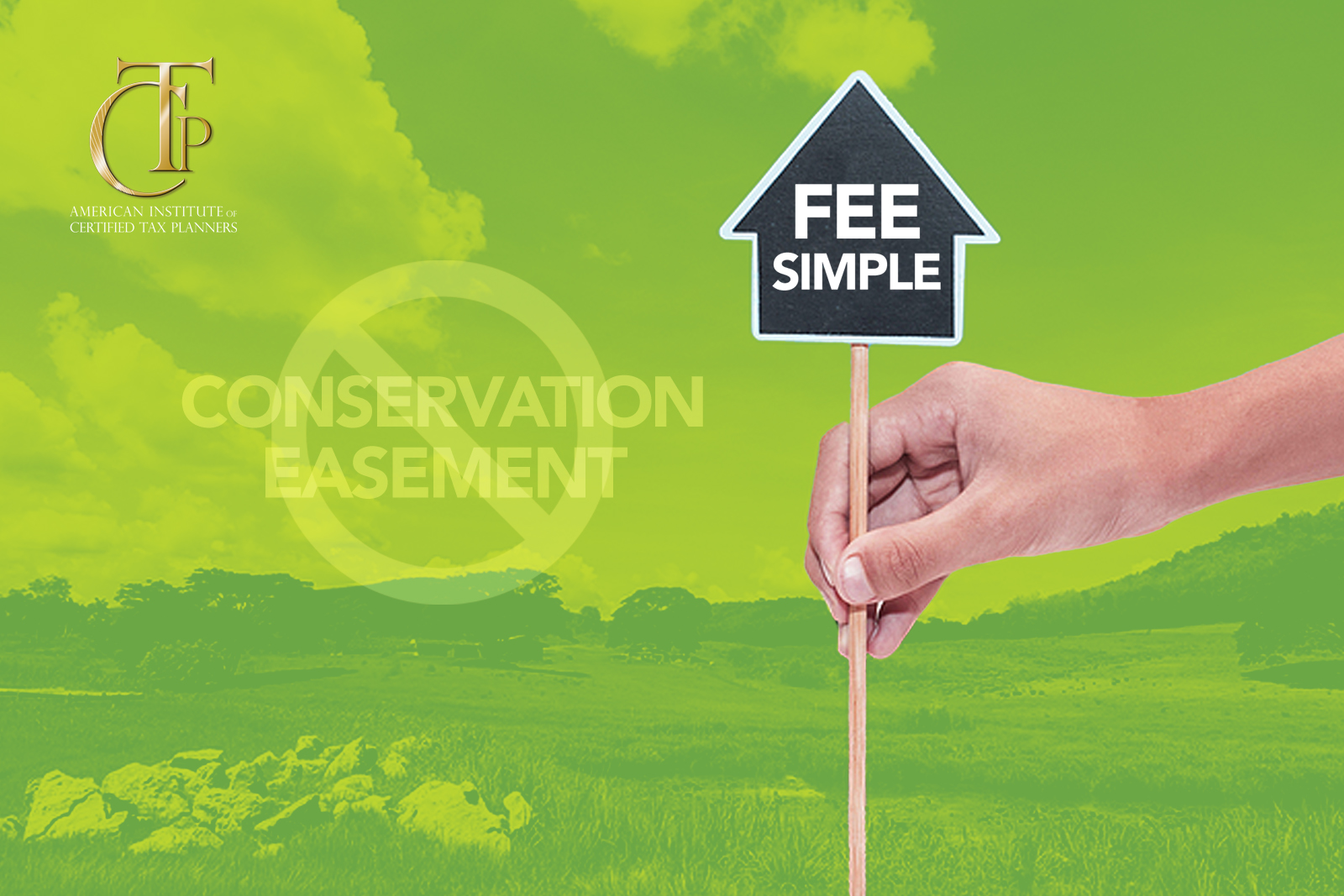For landowners and investors alike, conservation easements have been a way to contribute to future generations and get a substantial tax break in the process. What exactly is a conservation easement? This type of legal agreement means that the landowner is voluntarily limiting their use of the land or ability to make changes to the buildings on it. Conservation may have environmental goals, such as improving water quality or forest growth, or historical purposes, such as maintaining a building’s façade.
Until recently, landowners had the option to donate their land as a conservation easement and receive a federal tax deduction equal to the value of their donation. Investors have often engaged this tax strategy through a syndicated easement, which involves forming a partnership, purchasing a piece of land through that partnership, and donating that land to receive a charitable tax deduction.
However, all that changed when the IRS adjusted the rules and essentially rendered the syndicated easement strategy impractical. As we outlined in our last blog, at the end of 2022, the IRS…
- Bracketed landowners by requiring a three-year hold before land can be put into a trust and therefore be considered a conservation easement for tax purposes
- Limited the deductions to 2.5 times the property value based on its “highest and best use”
Fortunately for any taxpayers who already invested in a conservation easement, these changes only apply to easements that took effect on or after December 29, 2022. However, the question remains: with these restrictions in place, what options are left for landowners seeking tax savings?
Introducing: The Fee Simple
As we turn away from conservation easements, we can pivot toward another great tax strategy, which is the fee simple. A fee simple basically means that a landowner has permanent and absolute ability to dispose of their land and all properties on it as they wish. As long as the landowner complies with zoning laws and any other legal requirements, they can build or tear down anything they want, and they can sell the land and its buildings whenever they want.
How can this be leveraged as a tax strategy? To understand this, let’s compare the fee simple tax strategy with conservation easements. With a syndicated conservation easement, you would buy into a partnership, and that partnership would purchase a piece of property. If the partnership chooses to opt into a conservation easement, they relinquish any development rights on the land. In exchange, the easement counts as a charitable contribution, and the investors receive a tax deduction. In this scenario, the partnership still technically owns the land, but they no longer have the ability to sell the land or build on it as they wish.
How does the fee simple strategy differ? Instead of retaining ownership of the land, the landowner can choose to donate it to a qualified charity through a fee simple title transfer. When you do a fee simple title transfer, you give up all rights to the land. Going forward, the charity would have the right to do whatever they want with that land. Just like with the conservation easement, the landowner would receive a tax deduction for their charitable contribution.
Here’s an example of how a fee simple strategy might play out. Let’s say we have a married couple filing jointly that has an adjusted gross income (AGI) of one million dollars. In a fee simple setup, you can deduct up to 30% of your adjusted gross income. So if this couple donates their land to charity, the couple would be allowed to reduce their AGI by up to $300,000, if the land is valued that highly. In other words, $300,000 of their income would no longer be taxable.
The “Highest and Best Use” of Land
When it comes to tax strategies for land owners, an important concept to understand is the “highest and best use” of land. This is the idea of determining the maximum potential of a property. Real estate appraisers will set the market value for a property based on the highest and best use. The four common tests used for this are:
- What is legally permissible? This takes into consideration zoning laws and other regulations for land use.
- What is physically possible? Not every property is suitable for a condominium, just as not every property can be turned into a mining pit.
- What is financially feasible? The use of the property should suit the demographics and market of the surrounding area.
- What is maximally productive? Lastly, the use of the property should optimize its potential.
Answers to the “highest and best use” question can vary widely. Some land may be best suited for real estate developments, while others are better suited for more niche projects like mining pits or ground mounts for solar panel systems. In other cases, a partnership may donate the land to a 501(c)(3) land preservation company or land trust that will keep it as open space.
Summary
Taxpayers who are lamenting the demise of syndicated conservation easements may still have an option to get a tax break on their land. The fee simple strategy is similar in terms of tax benefits, though it does require the additional step of giving up entire ownership of the land. For expert advice on the best tax strategies for your properties and other investments, get connected with a Certified Tax Planner.





